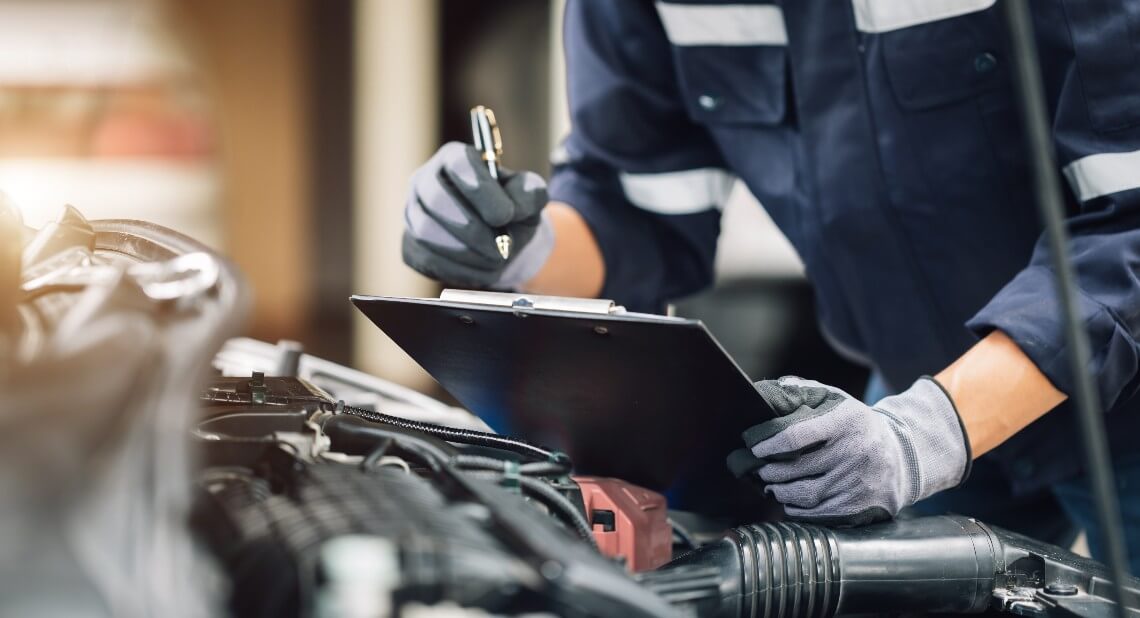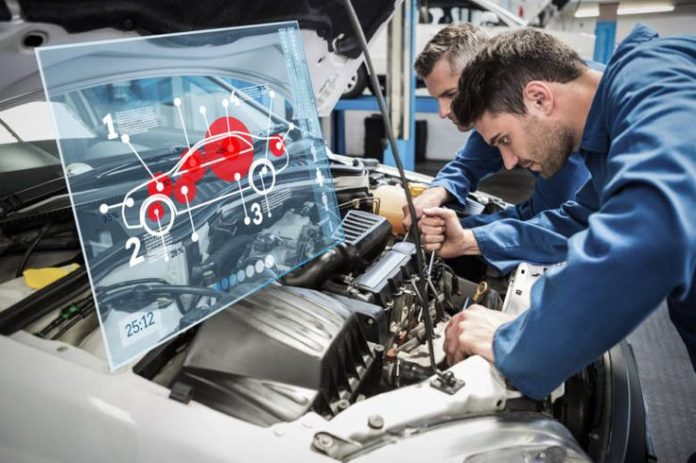As modern vehicles become increasingly advanced, factory-installed technology has become a standard feature in many new cars. From infotainment systems and advanced driver assistance systems (ADAS) to connectivity features and integrated navigation, these technologies offer numerous benefits to drivers.
However, the complexity and cost of repairing these factory-installed systems pose significant challenges for consumers. This article explores the problem with factory-installed technology that is expensive to repair, examining the factors contributing to high repair costs, the impact on consumers, and potential solutions to address these issues.
One of the primary factors contributing to the high cost of repairing factory-installed technology is the complexity of modern vehicle systems. As cars become more sophisticated, the technology integrated into them becomes more intricate and specialized.
Repairing these systems often requires specialized knowledge and equipment, which can be costly for both consumers and repair shops.
For example, fixing an issue with an advanced driver assistance system may necessitate recalibration and software updates, tasks that require specific tools and expertise. This complexity drives up the cost of repairs and limits the availability of qualified technicians.
Also Read: Could a Future Car Shortage Make Owning a Vehicle a Luxury? Rising Demand of SUVs
Another factor is the reliance on proprietary parts and software. Many automakers design their factory-installed technology using proprietary components and software, making it difficult for independent repair shops to access the necessary tools and information for repairs.

This lack of access forces consumers to turn to dealership service centers, which often charge higher rates for repairs. Additionally, the use of proprietary technology means that replacement parts can be more expensive, further increasing the cost of repairs.
The rapid pace of technological advancement also contributes to the problem. As new features and systems are introduced, older technology quickly becomes outdated.
This obsolescence can make it challenging to find replacement parts and support for older systems, leading to higher repair costs.
Consumers may find themselves facing expensive repairs or being forced to upgrade to newer technology, even if their current vehicle is still in good condition. The high cost of repairing factory-installed technology has significant implications for consumers.
For many drivers, the expense of repairing these systems can create a financial burden, particularly if their vehicle is no longer under warranty.
The cost of repairs can quickly add up, making it difficult for consumers to afford necessary maintenance and potentially leading to the neglect of essential repairs. This financial strain is especially concerning for lower-income individuals and families who may not have the resources to cover unexpected repair costs.
In addition to the financial impact, the complexity and expense of repairing factory-installed technology can affect the ownership experience. Consumers may feel frustrated and overwhelmed by the challenges of maintaining and repairing their vehicle’s advanced systems.
This frustration can erode trust in automakers and the perceived value of new technology, leading some drivers to be hesitant about investing in vehicles with advanced features.
Potential solutions to address the problem of expensive repairs for factory-installed technology include greater transparency and accessibility for repair information and parts.
Advocates for the “Right to Repair” movement argue that automakers should provide independent repair shops and consumers with the tools and information needed to perform repairs.
This increased access can help reduce repair costs and improve competition in the repair industry. Additionally, standardizing certain components and systems across different makes and models can help lower the cost of replacement parts and make repairs more accessible.
Also Read: Why Car Dealerships Are Pushing Unnecessary Fees on Buyers

